Los adornos navideños estallan contra el suelo y se rompen en pedazos. El punto de fuga queda bloqueado y, mientras, capturo mi reflejo.
¿Es una metáfora?
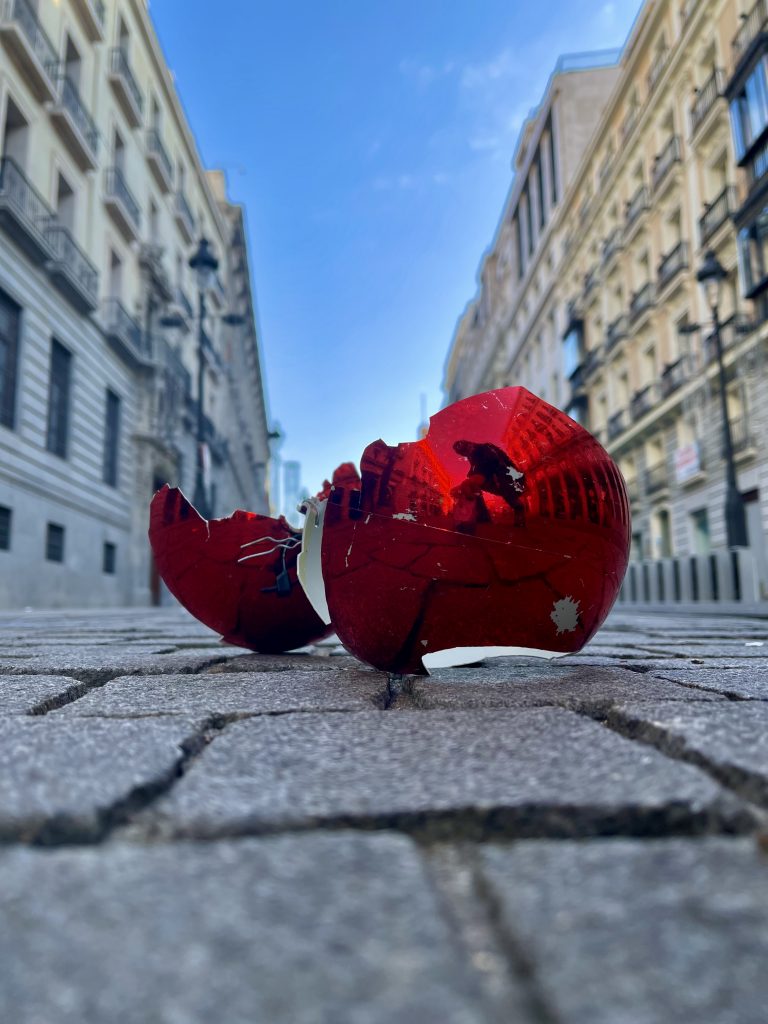

Si es difícil, es que lo estás haciendo mal
Colgué el teléfono. No sabía si reír. O no. Yo. O fingir que no había escuchando y seguir con mis cosas.
Gustavo no olvida. Nunca. Y me había llamado para vernos. Quería recorrer los mismos sitios que solíamos frecuentar noche tras noche antes de que se marchara a Roma. Una excusa. Tonta y mala. Como siempre. Ambos sabíamos lo que la mentira esconde. Esa necesidad casi obsesiva de acaparar la atención que le es propia. Cuando él quiere, de quien él quiere, como él quiera. Nada más importa.

Por un instante, todo se detiene. La imagen del ciclista queda congelada en el momento, para siempre. Y su reflejo también. Cuando lo mires, sabrás que ya no existe. Que ya pasó. Lo que queda es el recuerdo de un instante que nadie más que el fotógrafo tuvo la intención de ver.
Todos estos momentos, incontables, desaparecen continuamente. Nunca volverán.
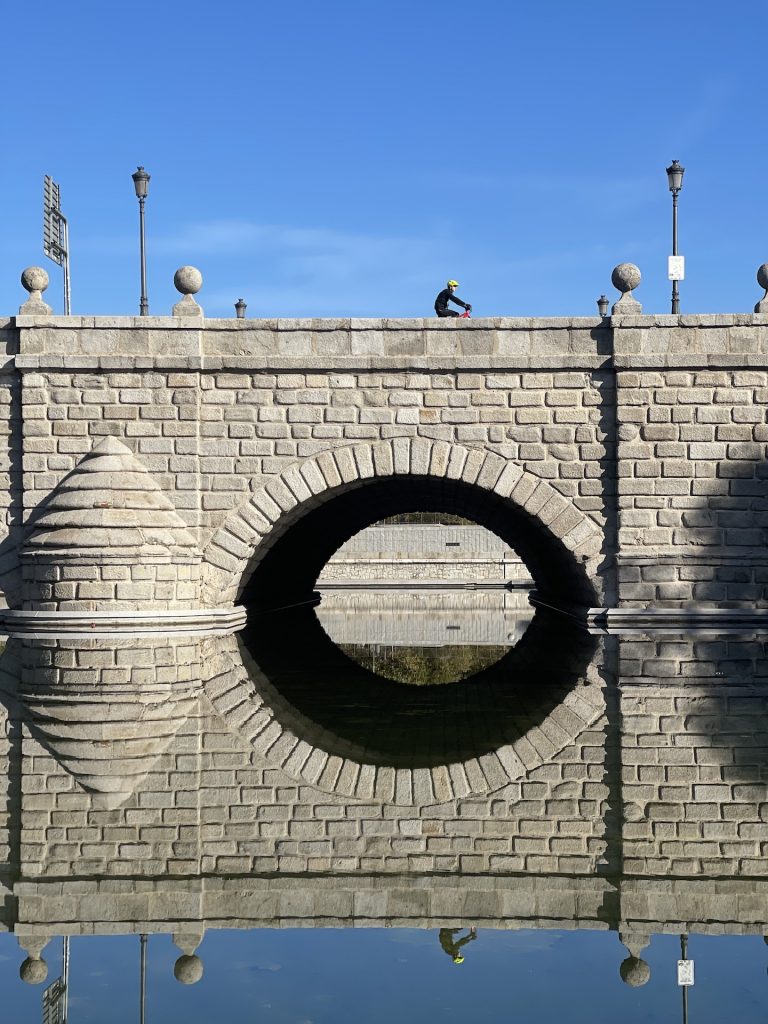
No sé si estamos en una montaña rusa o en una ruleta rusa. «Celebrar o morir» parece ser el lema de muchos, tal como muy bien ha descrito Rafael Bengoa.
No sé si es que estamos anestesiados. O simplemente somos narcisistas malignos, con mucha empatía cognitiva pero poca afectiva.
A juzgar por todo lo que se ve, lee y escucha en los medios, todos alcanzamos a comprender muy bien lo mal que actúan los demás. Lo que no tenemos tan claro es cómo actuar cada uno de nosotros. Porque si lo supieramos, ¿estaríamos tal como estamos?
El dolor que expresamos debe ser, en gran medida, fingido. Si no, sería insoportable.
Un año es algo inventado, una forma artificial de agrupar nuestra memoria para podernos contar historias según envejecemos, para recordar el pasado, para hacer fiestas que celebren el avance de nuestras vidas en un tiempo cuya dimensión, habitualmente, a la mayoría se nos escapa.
Por todo eso, y muchas otras cosas, llamamos a la ordenación consecutiva de 365 salidas y puestas de sol un año; por ejemplo 2020.
Los que han acumulado años, como memoria y recuerdos, recordarán una canción interpretada por Johnny Logan en el festival de Eurovisión de 1980 celebrado en La Haya: What’s another year?
Pues eso me pregunto. ¿Qué es un año más?
Estamos dejando 2020, uno de las más desastrosas colecciones de 365 días en muchas décadas. Hemos perdido amigos, familia, conocidos, trabajos, oportunidades. Aún así, la mayoría seguimos sobreviviendo.
Para afrontar el próximo, 2021, hay dos opciones: o cambiamos nuestras expectativas o cambiamos nuestra realidad.
Mientras tanto, a seguir sobreviviendo.
¿Qué quieren decir cuando dicen que buscan un equilibrio vida/trabajo? ¿El trabajo no es vida? ¿La vida no es trabajo? ¿Tienes una mierda de trabajo? ¿Tienes una mierda de vida? ¿Entre ambos se retroalimentan?
Si te tienes que plantear buscar el equilibrio entre tu trabajo y tu vida, búscate otra vida. Y otro trabajo, por cierto.

Vivimos en tiempos de incertidumbre, miedo e incredulidad. Podría ser atrevido y describir detalladamente en qué momento estamos, después de meses de pandemia.
Pero sería estúpido ni siquiera intentarlo cuando Charles Dickens, en «Tale of Two Cities», se esmeró en crear el mejor inicio de un texto que se haya escrito nunca. Y en ese primer párrafo ya describió estos tiempos, tiempos eternos que siguen a la especie humana como su sombra, sin despegarse.
It was the best of times, it was the worst of times, it was the age of wisdom, it was the age of foolishness, it was the epoch of belief, it was the epoch of incredulity, it was the season of Light, it was the season of Darkness, it was the spring of hope, it was the winter of despair, we had everything before us, we had nothing before us, we were all going direct to Heaven, we were all going direct the other way – in short, the period was so far like the present period, that some of its noisiest authorities insisted on its being received, for good or for evil, in the superlative degree of comparison only.
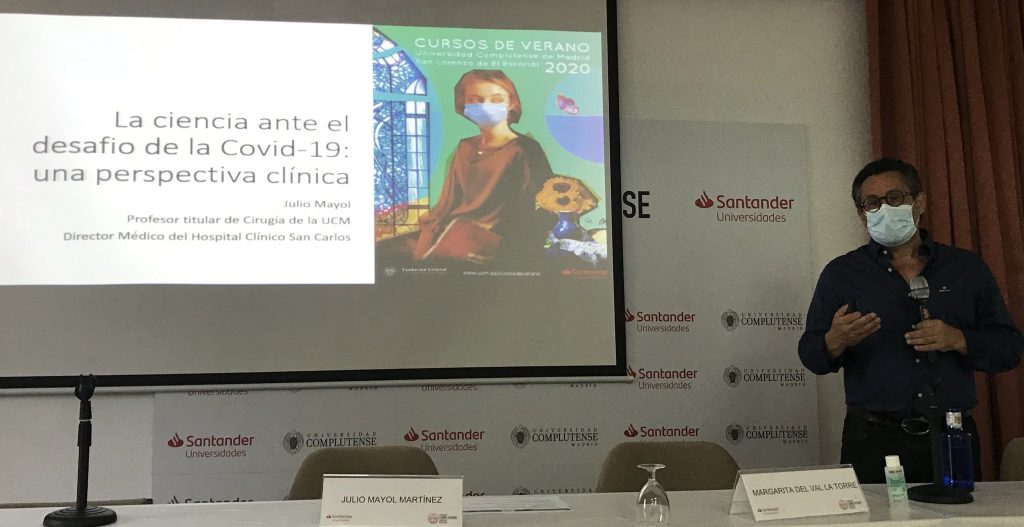
Miles de decisiones con millones de significados escondidos tras palabras. Millones de palabras usadas en conversaciones, entrevistas, charlas, «webinars», en inglés o castellano, que empiezan a no significar nada. Para mí ni para nadie.
Toda experiencia es única. Esta también. Y no se olvidará hasta el fin de nuestros días.
Non sibi sed omnibus- Not for oneself, but for all
As you may already know, SoMe4Surgery celebrated its first birthday on the 28th of July 2019. More than a year has now passed since the birth of this dynamic surgical community and yet it continues to grow and flourish. As 2019 draws to a close, we take the opportunity to briefly reflect on what this year has brought to SoMe4Surgery and what we have to look forward to next year.
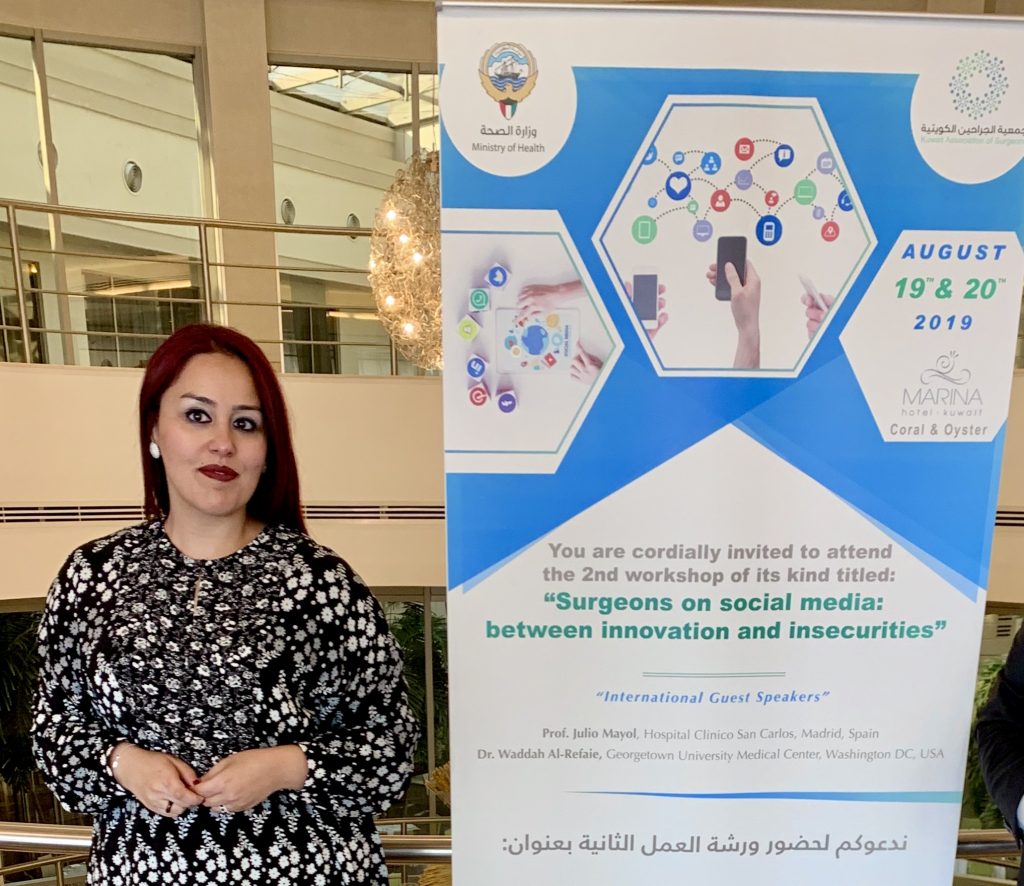
Fabulous factions and stellar societies
In keeping with the global trend of subspecialization in surgery, SoMe4Surgery has seen a rapid proliferation in the number of subgroups dedicated to various aspects of surgical practice. These range from broad specialties such as colorectal surgery, trauma and hepatopancreaticobiliary to finer and more specific fields like peritoneal surgery and bariatrics. Whatever your passion may be, you are bound to find the right surgical family to adopt you and your ideas. Just add the prefix SoMe4 and prepare to be amazed at what you will find in the treasure trove of Twitter societies at your disposal; these include exquisite rarities like mechanical ventilation, artificial intelligence in surgery, and genetic risk in cancer. And if, for some reason or another, you cannot find your El Dorado, you have the liberty to create one yourself complete with the blessings of the bigger SoMe4Surgery family.
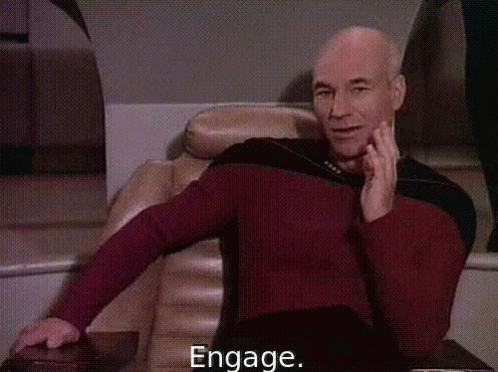
The road to SMSS19
Perhaps the most memorable accomplishment in 2019 was the realization of the first SoMe4Surgery Summit in Madrid, now considered the surgical world’s Santiago de Compostela. Surgeons from all around the world flocked to Hospital Clinico San Carlos to participate by presenting and promoting their SoMe4Surgery experience. For those who could not physically make it, geography was no deterrent as they joined the virtual pilgrimage via live transmission online in what was an enjoyable and productive scientific journey. To celebrate the success of the day, participants later convened to dine and propose a toast in an evening that was christened SoMe4Fun.

You yourself can catch up on the details of that magical gathering and relive the excitement by looking up the hashtag #SMSS19 on Twitter. The event was a true testimony to the feasibility of virtualizing and subsequently de-virtualizing scientific and social networks.
Strength in solidarity
If you cannot go to SoMe4Surgery, then SoMe4Surgery will come to you. As surgeons recognize the importance of collaborating and sharing information and experiences in the 21st century, we have seen the hashtag #SoMe4Surgery being used alongside other hashtags in numerous conferences around the world; to name but a few: the American College of Surgeons Clinical Congress 2019, the European Society of Coloproctology Congress 2019 in Vienna, the Mexican General Surgery Association and the AIS Channel’s live colorectal surgery event. From workshops in cities as brilliant as Barcelona, as hot as Kuwait and as distant as Manila, you will find tweets that boast an intimate connection with SoMe4Surgery. Such collaborations have amplified the impact these conferences exert and have taken surgical knowledge where it has never gone before.
Power through publishing
While we will not attempt to list here the individual publications that have transpired through collaborative efforts within the SoMe4Surgery community, it suffices to mention that what once started as a tweet can now be found peer-reviewed and officially published in a number of reputable surgical journals. Real science mandates communication and cooperation and SoMe4Surgery provides a fertile ground to do just that. The power of the written word should not be underestimated and to generate meaningful publications has always been one of our goals.
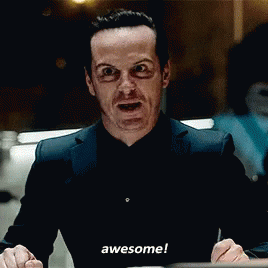
Bilingual beyond borders
What Latin was to medicine in antiquity, English has become today. However, while English may be the lingua franca of our trade, this should not put the millions of non—English speaking professionals in the world at a disadvantage. This is why SoMe4Surgery now tweets in both English and Spanish culminating in an exponentially growing Hispanic surgical community that avidly shares its expertise. We hope to transcend language barriers through the help of multilingual colleagues as well as AI powered translators online. In defiance of philosopher Ludwig Wittgenstein’s infamous statement, at SoMe4Surgery, the limits of our language are not the limits of our world.
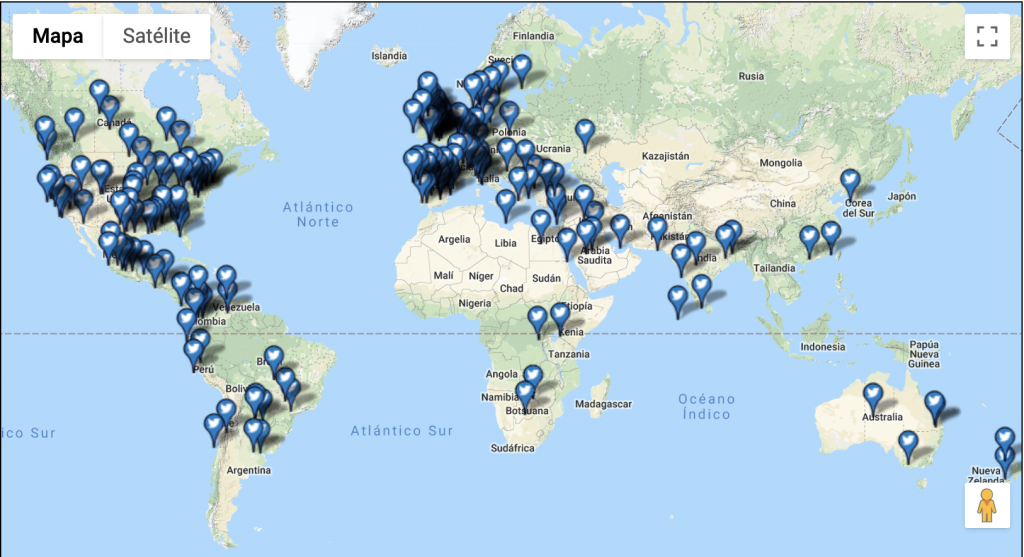
To infinity and beyond
“You have done so much with SoMe4Surgery already, what more is there to do?” you may ask.
While we cannot physically turn lead into gold, nor do we possess a crystal ball to foretell the exact future, we can make you one big promise though, and that is to continue to support surgeons, healthcare professionals and patients all around the world. Our alchemy lies in our ability to amalgamate the knowledge and expertise of everyone in SoMe4Surgery to create an ideal model of safe and scientifically sound surgical practice. Wherever you are, once you use the hashtag #SoMe4Surgery, we will find you and we will endorse you in whatever way we can.
We will continue to engage in active mentorship, to host educational activities on Twitter, to recruit colleagues and to share our experiences and discoveries through publications or otherwise, for the benefit of all-non sibi sed omnibus. Finally, we hope to see you all at the SoMe4Surgery Summit 2020, SMSS20.
*We would like to thank everyone who has been a member of this magnificent community, our pioneer surgeons who have continued to enrich our careers online as well as offline (including Professors Kenneth Mattox and Steven Wexner) and all the surgical journals and societies that have supported us unconditionally this year. We wish you and your families a safe and happy festive season, and a prosperous 2020, with SoMe4Surgery of course!